Cool cities to visit this winter
Steer clear of trad tourist-packed towns and head to these lesser-known locales for Christmas markets, affordable alpine adventures and festive food. Fleur Rollet-Manus slips on her snow boots
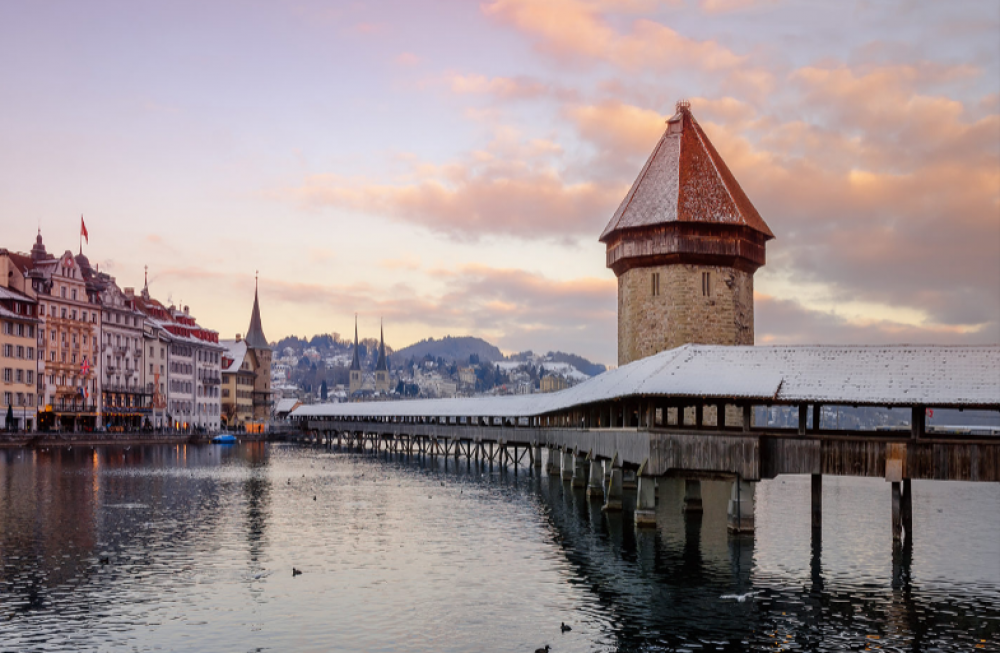
Steer clear of trad tourist-packed towns and head to these lesser-known locales for Christmas markets, affordable alpine adventures and festive food. Fleur Rollet-Manus slips on her snow boots
Germany’s most westerly city is a rabbit warren of cobbled streets, grand cathedrals and dazzling chapels that come alive as the mercury plummets. Repair winter-chapped cheeks as you sip glühwein beneath a canopy of baubles and finish (or start) Christmas shopping at the German medieval markets – the closest of their kind to the UK – which are open for business from 23 November through to 23 December. They are easily reached by train, plus much less crowded than those in Frankfurt and Cologne. Spilling out from the heart of the city, the festive huts occupy the whole of Katschhof square, warming shoppers up with platefuls of Aachener printen. The gingery biscuits are made using a unique blend of spices spiked with aniseed and hold PDO status. Find the signature blend in everything from cakes to gravy: the 700-year-old restaurant Zum goldenen Einhorn dishes up an interesting take with Aachener sauerbraten mit printensoße (beef marinated in the gingerbread sauce). After a day battling the chill, thaw out in the 50C geothermal water from the volcanic Eifel in the springs at Carolus Thermen Spa. Stay nearby at the family-run Hotel Granus hotel-granus.de – a five-minute stroll from the centre.
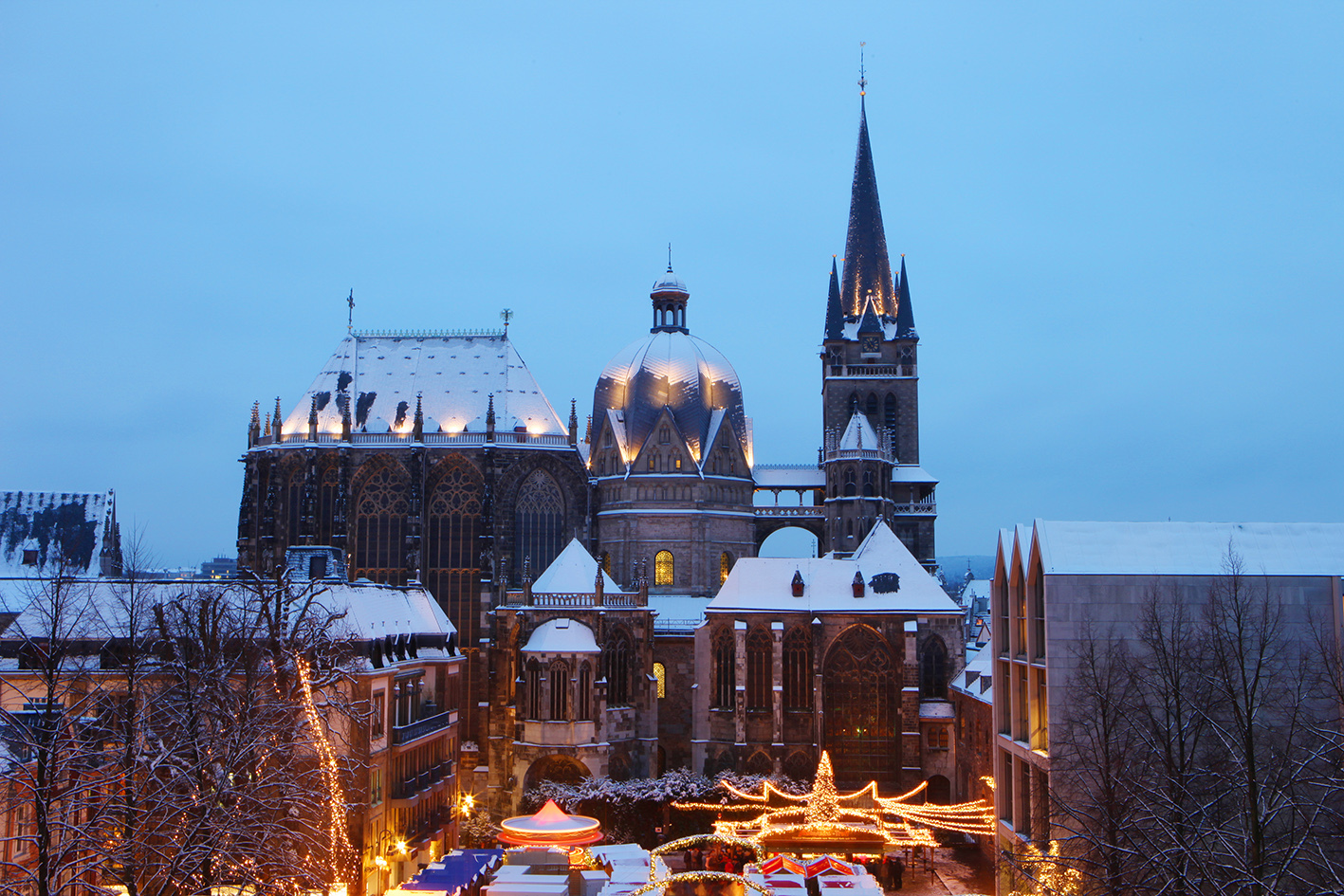
Take the Eurostar from St Pancras to Brussels, where you can connect to Aachen, from £72 return. eurostar.com
Not to be overshadowed by Vienna or Salzburg, Graz is one of
Austria’s most beautiful cities. A vibrant mix of Renaissance
architecture and futuristic structures (such as contemporary
art museum The Kunsthaus) decorate the city’s skyline. In
keeping with the city’s progressive edge, Augarten Art Hotel
augartenhotel.at is akin to staying in a quirky gallery with
dramatic, modern paintings adorning the 51 rooms. Alongside
its creative offering, Graz is a city that lives and breathes its
history. Time should be spent wandering the narrow, winding
alleys in Alstadt that lead to secret courtyards and one-off shops.
Stop by Edegger-Tax bakery, founded in 1569, whose chocolate
and almond biscuits topped with poppy seeds are favoured by
Austrian aristocrats. From 23 November, a total of 14 Christmas
markets take over the old town, but two of our favourites are
Mehlplatz and Hauptplatz. Over 800 urban farms can be found
in Graz: try smoked sausages, mountain cheeses, Styrian ham
and pumpkin seed oil (nutty in flavour and great on soups) then
warm up over kaffee und kuchen at Café Sacher, where Austrian
sweets dominate the menu. Try schlossbergkugel, a chocolate
truffle spiked with alcohol unique to Graz.
Fly from London Heathrow to Graz Thalerhof Airport with KLM from £146 return. klm.com
It’s never too early to start singing Jingle Bells in Lapland’s capital, Rovaniemi, the official ‘home’ of Father Christmas and his elves. Rudolph may be the star of Christmas carols but it’s the snow-covered alpine wonderland that’s the biggest draw here. Whizz through the slopes on snowmobiles, swoop through the crystallised pine forest cross-country skiing or, if you dare to bare, try ice swimming. A favoured Finnish ritual that’s as normal as ordering a morning coffee, you can join the locals and take the plunge in the icy Kemijoki to get your blood pumping, then run into the riverside sauna. Major meetings are often taken in saunas here – there’s even one in Helsinki’s parliament. Reindeer is the meat of choice and is traditionally served alongside root vegetables and lingonberry jam, followed by a slice of leipäjuusto, or ‘bread cheese’. Similar in texture to halloumi, it’s soaked in milk and cinnamon before being fried. Order it at Monte Rosa. Grab a front-row seat to the Northern Lights at Arctic Lodge Treehouse arctictreehousehotel.com where you can watch the show from the comfort of your own bed. The sumptuous cabins have been designed to emit very little light pollution to increase the chance of sightings.
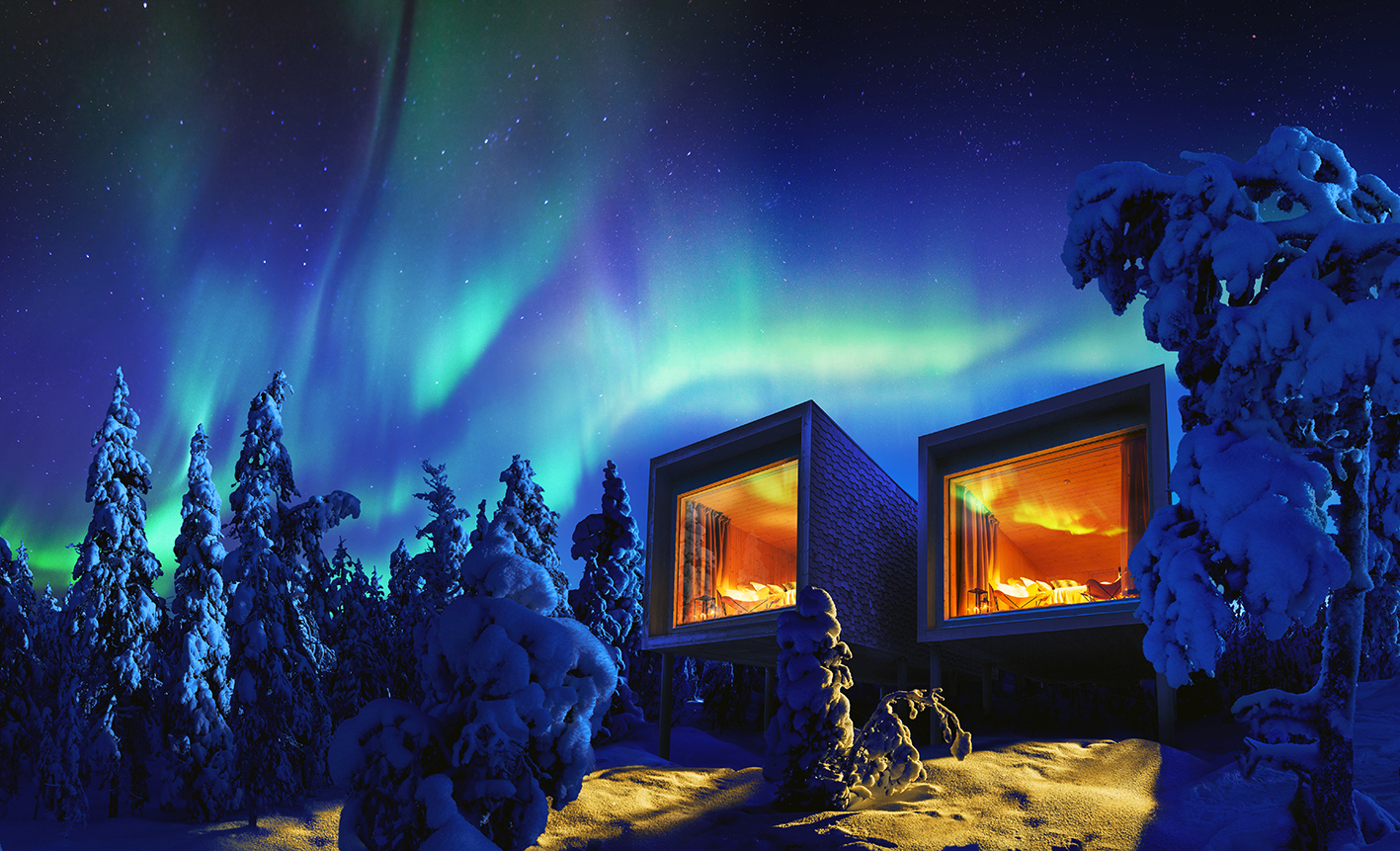
Fly from London Gatwick to Rovaniemi Airport with Finnair from £196 return. finnair.com
Easily as pretty as Prague with its clutch of red-roofed houses,
soaring church spires and enchanting castle, Slovenia’s capital
remains relatively undiscovered (and absent of boisterous stag
parties), despite having one of the best-preserved old towns in
Europe. Once winter sets in, garland-shaped squares, tree-lined
boulevards and baroque facades are sprinkled with a dusting of crisp frost that resembles sparkling icing sugar. For the best
panoramas climb to the top of the Nebotičnik. Built in 1933 to a height of 70m, its top-floor café is the place to enjoy a slice of potica (sweet nut roll) and views across to the castle.
The city’s decadent aesthetic derives largely from one man, Jože
Plečnik, who designed the Triple Bridge, National Library and
the Central Market. Delve further into his history at the house
he worked in (entry £5pp), where pencil stubs, sketches and
half-finished models remain as he left them. Eat at Pri Škofu
in Krakovo for its kranjska klobsa, a speciality sausage that
hails from the north. For a warm embrace after padding snowy
streets, stay at the Antiq Palace Hotel and Spa antiqpalace.com
– all the key sites are within walking distance and its courtyard
is privy to music from the nearby Opera House.
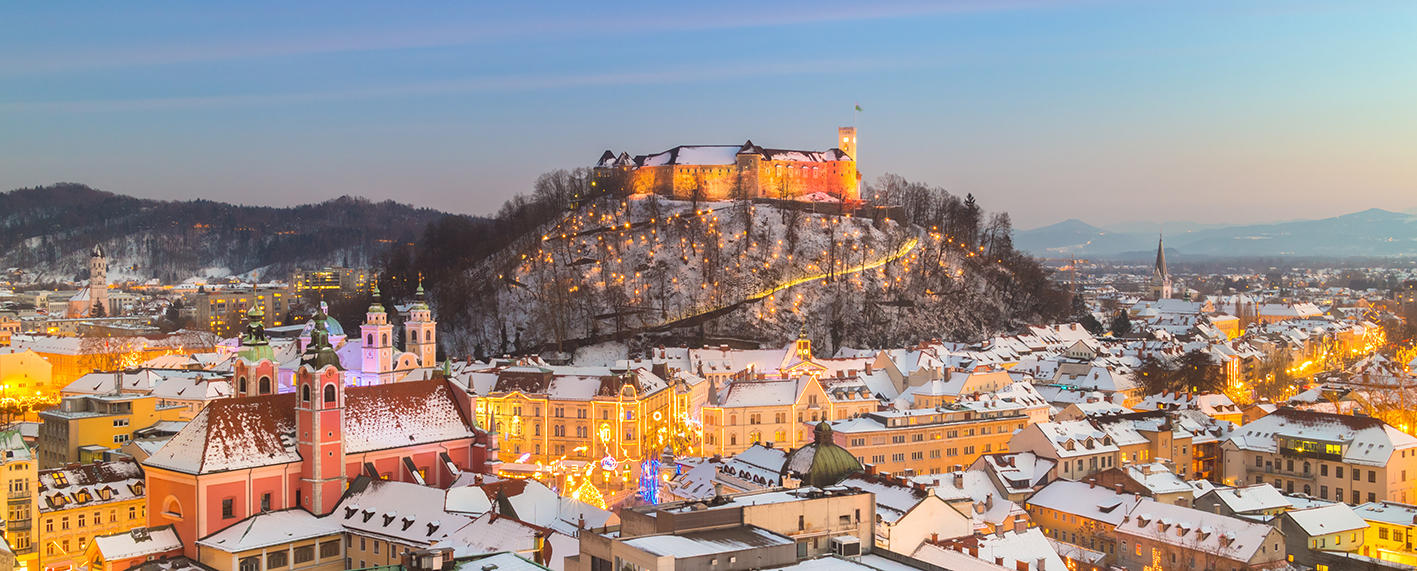
Fly from London Stansted and Gatwick to Ljubljana Airport with easyJet from £55 return. easyjet.com
Fairy-tale castles, snow-covered bell towers and a glistening blue lake with a pretty 17th-century church floating at its centre pushes Lake Bled to the top of Slovenia’s must-see attractions. Its postcard perfection draws hordes of selfie-stick wielding visitors in the summer. Instead, shake the crowds and slip away between November and February to see Lake Bled transformed into a sparkling wonderland. Legend dictates that if you ascend the 99 steps to the Assumption of Mary Church and ring the bell, your wishes will come true. Skirt around the maze of wooden bridges at Vintgar Gorge, whose waterfalls and cascading pools freeze over each winter leaving a trail of jagged icicles and wedding-cake like tiers of frozen water. After a healthy dose of crisp fresh air, refuel with kremšnita, a square confection filled with vanilla and custard. Lake Bled was once considered the finest health resort in the world due to its hot springs, which are now repurposed into an opulent spa in the Park Hotel sava-hotels-resorts.com – as the nights draw in, prices are slashed, making that lake-view suite upgrade an even sweeter deal.

Fly from London Stansted to Ljubljana Airport with easyJet from £55, then connect to Bled via train. easyjet.com
Hop over to Bulgaria’s quirky capital for a chance to delve into its storied history. An ideal weekend break for those wishing to
explore more of ‘Europe’s most affordable capital’, peel back
Stalinist architecture to reveal golden-domed neo-Byzantine
buildings and a bubbling creative scene. All of Sofia’s main sights
are located within its yellow-brick ring road. Follow it to the
Ancient Serdica Complex. Situated just above the metro station,
it’s home to 2,000-year-old Roman ruins including eight streets,
bath houses and an early Christian basilica. Next, it’s onto one of the symbols of Sofia, the Alexander Nevski Cathedral – a
striking structure adorned with domes, mosaics and onyx and
alabaster thrones. Hadjidraganov’s Houses is the place to feast on
traditional Bulgarian fare. Prepared only in the winter, kapama
is a robust dish of layered meat (pork, chicken, veal) baked in
a clay pot and topped with rice. The Sense Hotel sensehotel.com
greets guests with a sleek glass facade and boasts well-appointed,
design-led guestrooms. Clear winter cobwebs away by ordering
a shot of local rakia in its cosy rooftop Gastro Bar.
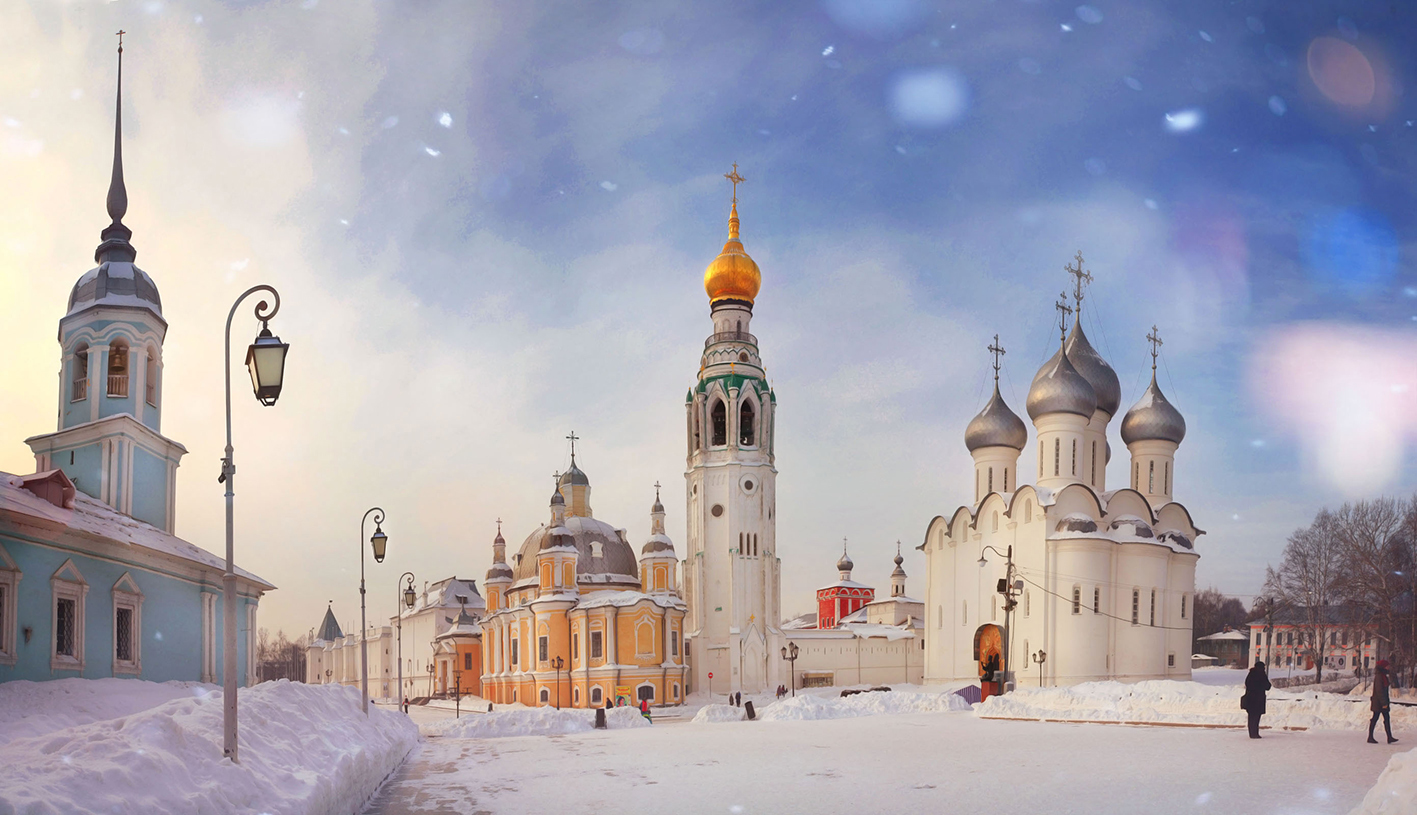
Fly from London Stansted to Sofia Airport with Ryanair from £27 return. ryanair.com
Frequently dubbed ‘the new Reykjavik’, head to the frosty fjords for magical Northern Lights displays, whale-watching expeditions and a snow-topped town festooned with fairy lights. Visiting ‘the Gateway to the Arctic’ in the winter months increases your chances of catching the aurora borealis. The lights are as fickle as they are fantastic, but visiting from October to January ups your odds. Aurora-hunters can increase luck further by heading to Lake Prestvannet, north of Tromsø and a 20-minute walk from the city centre. With no light pollution, you’ll be in prime position to catch a glimpse of the celestial show. The end of the year also sees another awe-inspiring arrival as huge pods of whales enter the fjords to feast on herring. Pepper whale-watching with fishing tours of the fjords, where a healthy helping of cod, coalfish, halibut and wolfish awaits. You’ll find no fresher fish than those at Fiskekompaniet. Favoured by Norwegian royalty and located at the harbour front is Clarion Hotel The Edge nordicchoicehotels.no – a futuristic edifice famed for offering the most lavish breakfast in the city.

Fly from London Gatwick to Tromsø Airport with Norwegian from £291 return. norwegian.com
Famous for its crisp air, top-notch cheese and quality chocolate, the lakeside town of Lucerne isn’t just a stopover for skiers. With a lake that boasts kaleidoscopic cobalt blues and is encircled by mountains, Lucerne becomes an idyllic winter hideaway. To fully appreciate its awe-inspiring panoramic vistas, head to the city’s emblem, the Kapellbrücke (Chapel Bridge), over the River Reuss, with views that stretch across the city’s crimson roofs, nine clock towers and 14th-century rampart. Inviting you to practise your pirouette from 24 November, Live on Ice cosies up to the water’s edge, the rink framed by a forest of twinkling Christmas trees. The best way to fully appreciate its beauty is with a two-hour boat ride around the perimeter of the lake (from £23pp). After, take a 30-minute cable car ride up to the Pilatus massif on the world’s steepest cog railway (£12pp). Stay at Hotel des Balances balances.ch to drink in more of the view. It’ll be love at first bite at Max Chocolatiers, whose window display is simply gorgeous. Staff are generous with the samples, so it’s probably best to pop in before lunch.
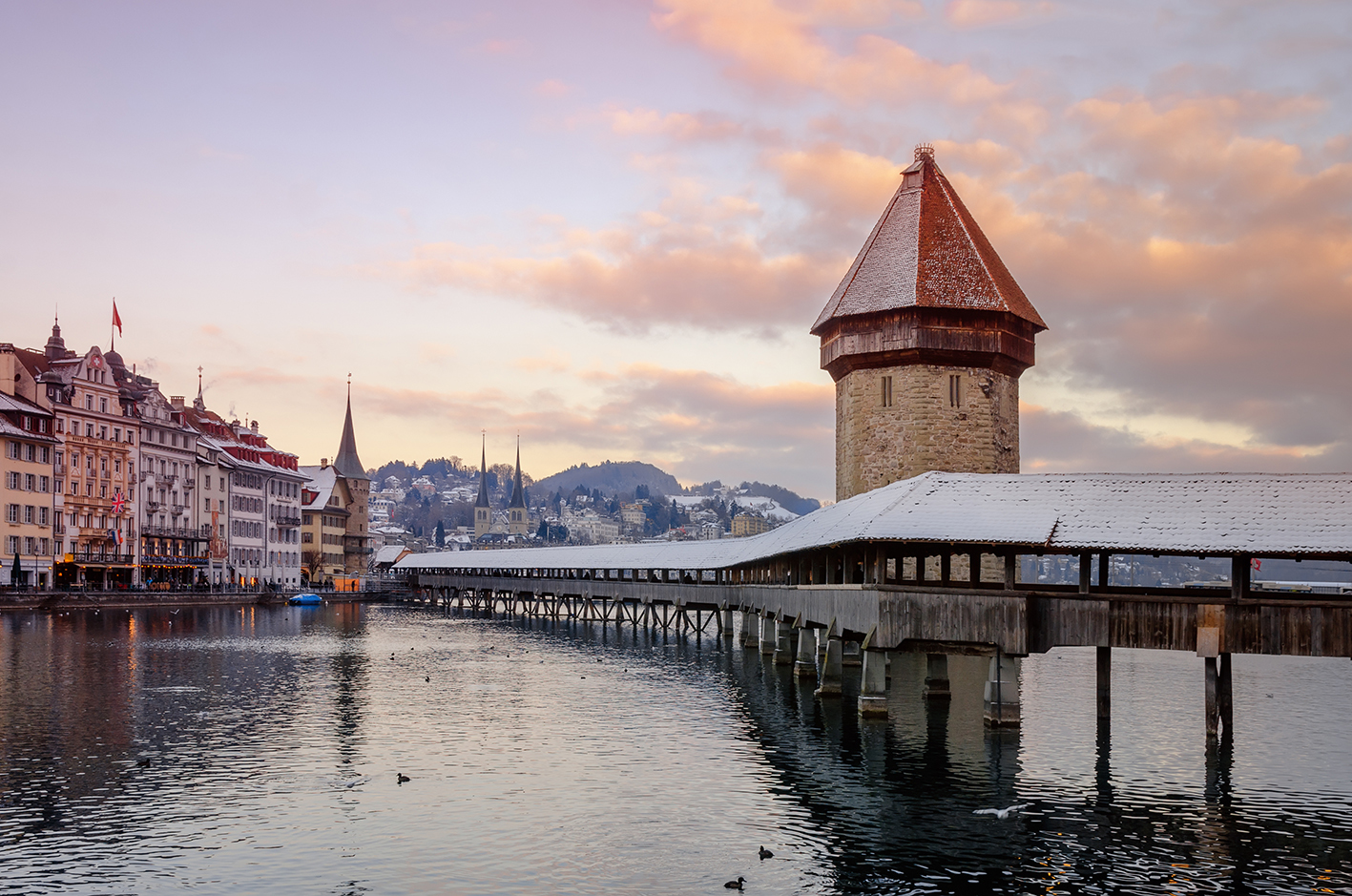
Fly from London Heathrow to Zurich with Swissair from £80, then connect to Lucerne via train. swissair.com
The extra-terrestrial terrain of Cappadocia appears to have been lifted straight from the pages of a children’s story book. Volcanic eruptions and natural erosions have resulted in fairy chimneys, funnels, pillars and lunar toadstools soaring 40m into the sky, best visible at sunrise from the basket of a hot air balloon. Prices for rides drop by a third to around £70pp this month. Sip a hot glass of salep, a milk drink similar to eggnog topped with cinnamon, while you discover Derinkuyu, the underground city. Here, Mother Nature and human hands combined forces to carve the otherworldly web of caves, stables and houses from the honey-coloured stone, some of which are decorated with pristine Byzantine art. Dine at Seten and order yaprak sarma (rice wrapped in vine leaves) blazed in a tandoor oven and for main, the testi kebab. Cooked in clay for several hours, the pot is cracked open at the table. Turn water into wine at the Museum Hotel museumhotel.com.tr – a 30-room luxury cave hotel that is rustic yet ritzy. The sound of a tinkling harp will encourage you to pour another glass from your in-room wine tap.

Fly from London Stansted to Kayseri Erkilet Airport via Istanbul with Pegasus from £148. flypgs.com
Subscribe and view full print editions online... Subscribe